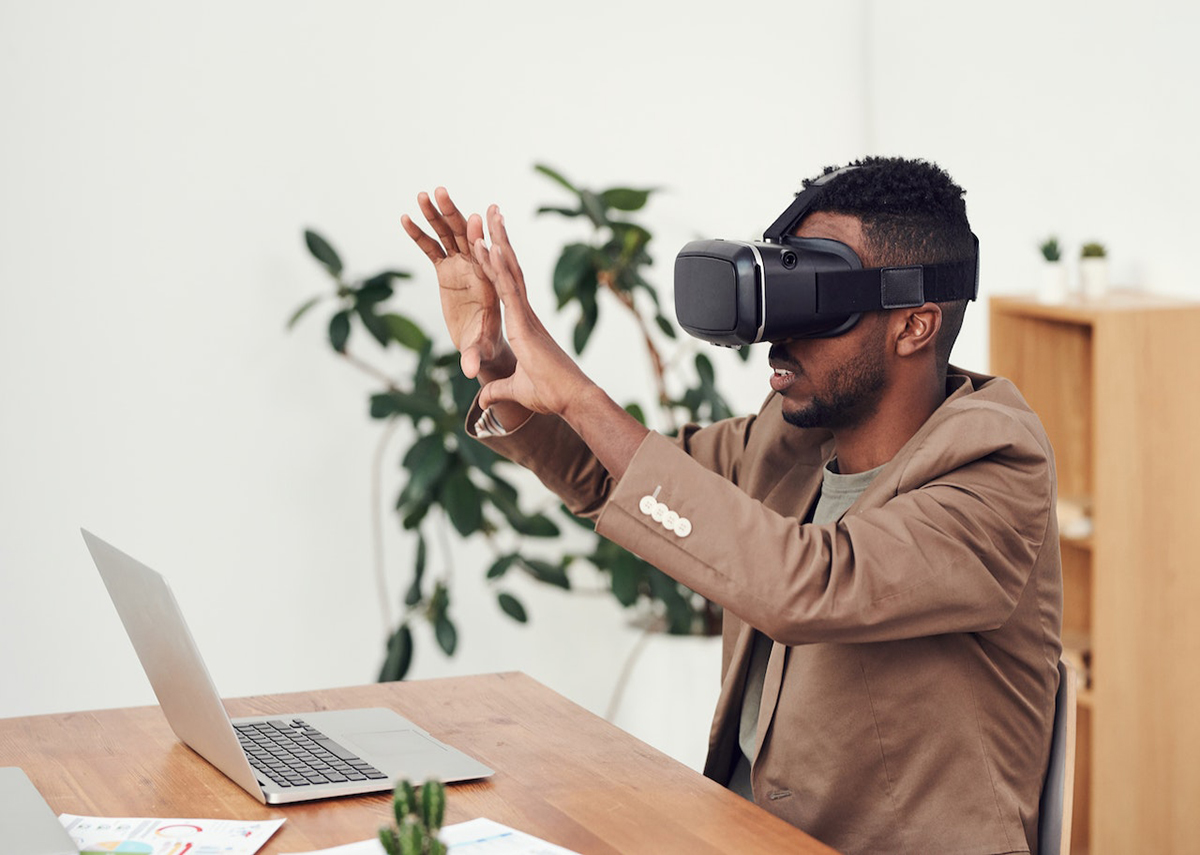Trends We Can Expect in AR and VR Technology for 2023
Share

We are on the cusp of a new era in computing, one that will see Augmented Reality (AR) and Virtual Reality (VR) technology become more ubiquitous and integrated into our everyday lives. Here are some of the trends we can expect to see in AR and VR technology over the next few years.
1. Increased use of AR and VR in enterprise applications. Augmented reality has already begun to transform industries such as manufacturing, healthcare, retail, and education. For example, GE is using AR to help train its engineers on how to assemble jet engines, while Walmart is using it to train its employees on stocking shelves and identifying product locations. We can expect to see even more widespread adoption of AR and VR technology in enterprise applications in the coming years.
2. The rise of Augmented Reality Contact Lenses. While still in development, augmented reality contact lenses hold the potential to revolutionize the way we interact with the world around us. These lenses would display digital information directly onto our field of vision, allowing us to access information and perform tasks without ever having to look down at a screen. Augmented reality contact lenses are still a few years away from becoming a reality, but they are an exciting trend to keep an eye on.
3. More immersive and realistic VR experiences. As VR technology continues to evolve, we can expect to see more immersive and realistic VR experiences that blur the lines between what is real and what is not. This will be made possible by improvements in haptic feedback, which will allow VR users to feel sensations such as touch and temperature.
4. The rise of Augmented Reality glasses. Augmented reality glasses are already being used by some businesses, such as DHL and UPS, to help their employees with tasks such as package delivery and inventory management. We can expect to see more widespread adoption of AR glasses in the coming years as the technology continues to evolve.
5. Greater use of VR for training and simulation. VR is an ideal tool for training and simulation due to its ability to create realistic environments that can be customized to specific needs. For example, the US military is already using VR to train soldiers for combat situations. we can expect to see VR used for an even wider variety of training and simulation applications in the future.
These are just a few of the trends we can expect to see in AR and VR technology over the next few years. As this technology continues to evolve, we can only imagine the new and exciting ways it will be used to transform our world.


